By Namale Agnes. For a long time, scholars and researchers have been searching for a viable explanation for how the geography of the world came about, how different groups of people came to be found in their ancestral homes and what lies beneath their distinct traits. Uganda is a multi-ethnic country comprising of people from
By Namale Agnes.
For a long time, scholars and researchers have been searching for a viable
explanation for how the geography of the world came about, how different groups
of people came to be found in their ancestral homes and what lies beneath their
distinct traits.
Uganda is a multi-ethnic country comprising of people from diverse cultural
backgrounds only connected by a few similarities in their dialect and cultural
norms.
Among the many ethnicities the pearl of Africa inhibits, include the Bantu or the
‘ntu’ speaking people whose migration to Uganda in particular had a number of
positive impacts.
The most obvious among such effects is that they led to the settlement and
increased the population of eastern, central, and southern Uganda. They are also
credited with introducing iron working in Uganda.
Although it is not yet clear whether it was the Bantu or the legendary Chwezi who
introduced iron working in Uganda, we still believe that the Bantu might have
come with the idea because their movement coincided with the Iron Age 9A.D
500BC).
It is also stated that the Bantu introduced centralized governments of the type that
existed in the Bantu kingdoms of Buganda, Bunyoro Kitara, Nkore and Toro, Igara
and Buhweju. The assertion however has raised a number of theories. Some
historians assert that the idea of centralized government could have been an
indigenous one.
They attribute state formation to the Chwezi whom they say were Hamites from
Ethiopia who were of either Portuguese or Greek origin. Such assertions are
presently not taken very seriously because they contain a lot of bias against the
idea of African initiative. It can therefore be tentatively stated that the Bantu
brought the idea of centralized state formation while these assertions are subjected to further research.
In our bid to retrace the way abouts of these early migrants from which many of us
descend, we had a number of working hypothesis’s including understanding how a
group of people that set off as one ended up splitting up into different tribes, and
probably understanding why the bantu migrated!
The reasons for the historical bantu migration must have been many, as they were
for every individual aboard the ferry MV Sigulu.
Our safari van arrived at Watega landing site, a reclaimed island at exactly 8:45am.
The Baganda usually say, we caught the cock by its mouth, meaning we did not
allow the poor cock to crow, we had been briefed about the movement of the ferry,
if it leaves you by 9:00am, you are better off trying yet another day.
MV Sigulu is a Uganda National Roads Authority (UNRA) ferry, released in the
year 2019 to serve islands in the Northeastern part of Lake Victoria (or Nalubaale
as its known to the indigenous people).
The ferry serves a number of islands including Dolwe island, formerly known as
Sigulu island after which the ferry is named.
People from different walks of life lined up outside the ferry with their
merchandise with a common aim in mind, to migrate to the other side of the water
body. Even though, the primary goal was to sail across, it was definitely for
different reasons.
On the upper deck, the team re tracing the landmarks left by the historical bantu
migration, converged with curiosity to view the beauty of Lake Nalubaale.
Below we could clearly see, goods, and animals under that scotching sunshine next
to our vehicles.
On the second- floor people who had obviously sailed on this ferry a number of
times, hawkers, moved around with refreshments as the unbothered sailors napped
the time away.
On the third floor, the workers on the ferry toiled to keep the ferry in motion,
monitoring sailors as the engine blew out hot smoke.
Three hours later the ferry docked at Dolwe Island, where the adventure of our lives was patently waiting for us.
photo by Namale Agnes.


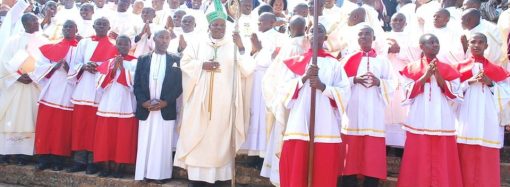

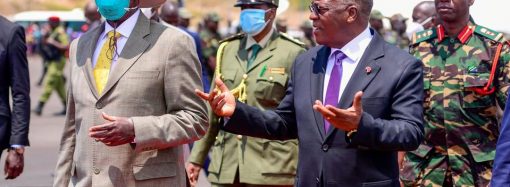

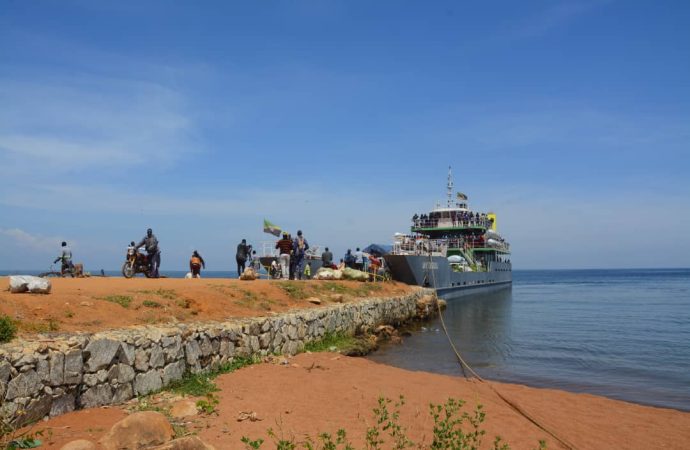
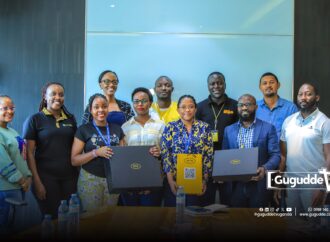






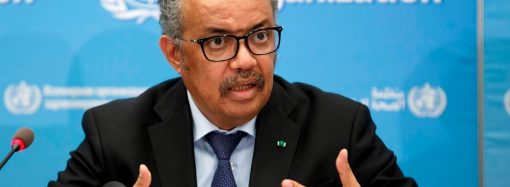










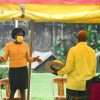



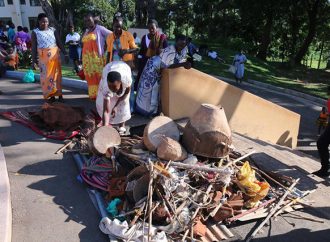
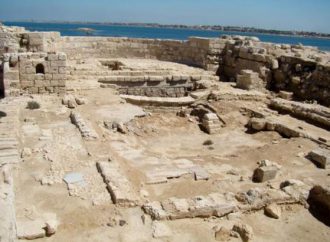
Leave a Comment
Your email address will not be published. Required fields are marked with *